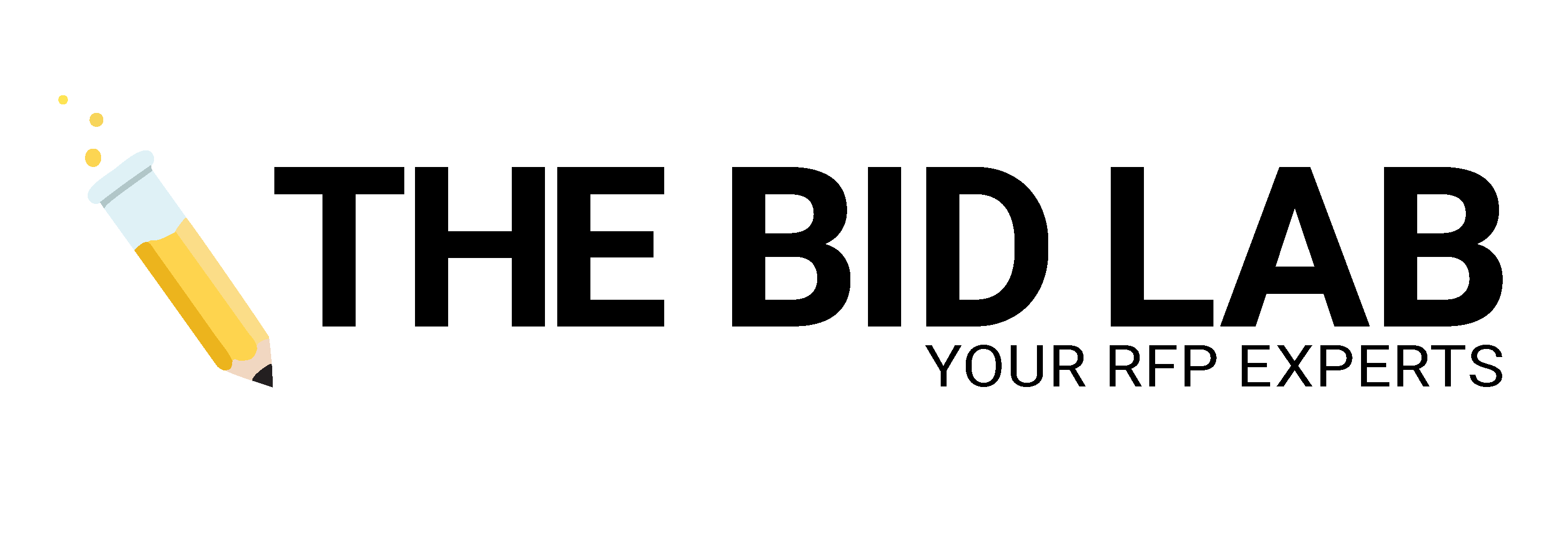Is Your Bidding Process Fair and Transparent?


When the Legislative Council of Orem, Utah, tapped a newly formed and inexperienced firm for a feasibility study on splitting a local school district, the decision sparked controversy. Because of this concern, local constituents filed a formal complaint with the Utah State Auditor’s Office. Though the auditor ruled that the Legislative Council broke no laws, they emphasized using the RFP process to avoid suspicion. Still, KUTV News in Utah wanted an outside perspective on Orem’s decision. So they reached out to The Bid Lab to conduct a blind audit on the process used by the Legislative Council.
The Bid Lab found several basic best practices that Orem left out of their procurement that ensure a fair process. A proper bidding process confirms that taxpayers are getting the best products and services at the best possible price.
So, before your organization begins accepting proposals for your procurement, ensure that these simple steps are in place to ensure that you’re getting the best possible results.
Always Use the RFP Process
RFP processes are designed to create an opportunity to source the best products and services. They explicitly lay out the work, budget and timeline, then assign a point system to fairly evaluate each applicant. The selection process can be executed without prejudice by publishing everything within an RFP.
Advertise Nationally
Hundreds of sites aggregate and publish RFPs, and many are free. By posting your bid on as many of these sites as possible, it casts a wide net of applicants. Naturally, this results in more options on experience, strategies, and of course, price. This also increases your chances of procuring services without any conflicts of interest.
Have a Detailed Scope of Work
Digging into the specifics of the job can help solicit the most qualified service provider. However, don’t forget to also evaluate the current service capacity of the service provider! Make sure your bid process evaluates a company’s ability to meet all your needs. If your bid process is thorough, you’ll be in a better position to avoid future shortfalls. Future shortfalls mean a higher chance of issuing another procurement. That’s right: you might have to repeat the bid process all over again.
So, create a detailed scope of work that explicitly accounts for timelines and budgets. That way, only service providers that meet all the criteria should make it through the selection process. This ensures the right contractor will complete the job efficiently and on budget.

Make Evaluation Criteria Clear and Available
Publishing precisely what you’re looking for and the value of each criterion point allows the bid process to remain objective. It also removes any ambiguity on the qualifications of the chosen provider. Additionally, it keeps the evaluators accountable to their stakeholders, including constituents, by procuring the right vendor for the job. Having detailed evaluation criteria ensures there is no bias because there is a strict rubric that evaluators must work from.
Have a Digital Submission Option
The best way to ensure cronyism is to only have a physical drop-off option (as was the case in the Orem, Utah bid we previously mentioned.) This limits the pool of participants to only those who can and are familiar with how, where and to whom to physically hand in their proposal. Additionally, it increases the chances of secret meetings and handshake deals. In this digital age, there are many options to submit documents digitally. And because most documents today are created digitally, this creates a more efficient and greener approach! If physical submissions are necessary, it’s essential to ensure shipping options are available to a publicly posted address. This way, bidding entities nationwide have a fair chance of submitting a proposal. It’s an easy way to significantly increase the applicant pool in your bid process.
Get Help With Your Bid Process
The Bid Lab can provide comprehensive, personalized service to help you achieve your procurement goals. Our team of bid experts includes researchers, writers, editors and industry veterans who collaborate to optimize your RFP. So reach out to us at respond@thebidlab.com or 1-844-4BIDLAB to learn more about the best way to procure services with RFPs!
